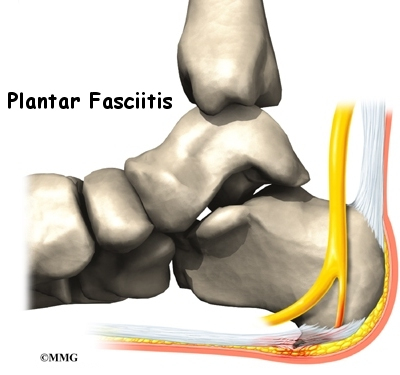How to deal with the four most common mid term injuries for marathoners
Usually these injuries occur because if shock or over usage and not paying attention to form while running, ignoring injuries or simply overreaching in your efforts. Luckily I do not have first hand experience with these injuries, as I stick to my guns and rest when my body calls for it. Here are some tips I found for those of you who face these injuries. Always remember though prevention is the best method of avoiding injuries.
![]()
Moderate to severe ankle sprain
Symptoms are rapid swelling bruising and stiffness around the ankle, which helps you to distinguish it from a minor ankle sprain (the faater the swelling gets bigger the more likely it will be that you hurt yourself more severely). Further symptoms are that it gives way when you put weight on it. As moderate to severe ankle sprains can lead to damage to an akle ligament or complete rupture seek professional treatment following such a trauma to the area.
The recovery time is up to 3 months and if you it is treated professionally and rapidly outcomes are usually good. So do not get into the RICE (rest, elevation, compression, elevation) selt treatment routine and leave at that when your ankle swells to tennis ball sizes within 5 - 10 minutes after the first burst of pain. Make an appointment.
Early treatment is the most important component to fast recovery. from there move on to mobility exercises for active recovery until the ankle can bear weight again. Incorporate balance work stretching and strengthening exercises once you are able to stand again. From there progress from swimming to biking to running under supervision of a physiotherapist.

Plantar fasciitis / Plantar heel pain
This is a classic injury for runners who want to bring their technique to the next level by either switching to shoes with less cushioning or working on their technique to switch to forefoot running.
The recovery times varies as runners express these pains during change of their routines. It is usually not easy to get to the bottom of the issue here, as a lot relates to changes of posture.
Get help from a podiatrist on the posture and footwear to make ideal choices which fit your needs best. Focus on strengthening your calves, making them more flexible and attack lack of balance to get rid of the issue.

Runner's knee / Pantellofemoral pain
Runner's knee can be as elusive as Plantar heel pain with over 500 different possible causes. Usually it shows itself when training volume goes up or when the intensity of the workouts is being increased.
The recovery time is ver short in most cases, but it can turn into a severe condition if not handled properly.
To get rid of runner's knee you can do shallow single leq squats, leg presses and lunges within comfortable range of motion and moderate load.
Achilles tendinopathy
This is also a result of higher training mileage or switching shoes.
Recovery time is usually between 3- 4 months and full rest is advised with this injury. Once you feel better you can do calf raises but keep your movement to an absolute minimum. Once the pain is manageable strengthening the calf muscle becomes key to recovery.
